The Sustainable IT teaching tool
Spade has created Ethics by Spade, a platform that helps you understand environmental issues and shares proposed solutions for an ethical and sustainable digital world.
Some figures
It’s hard to appreciate the impact of digital technology on the world in which we live, surf and swipe.
It’s become almost invisible because it’s omnipresent, but it’s sometimes necessary to open the windows (digital or otherwise) of our cocoon and find out about its repercussions. Here are a few figures to get us thinking about solutions.
-
53%
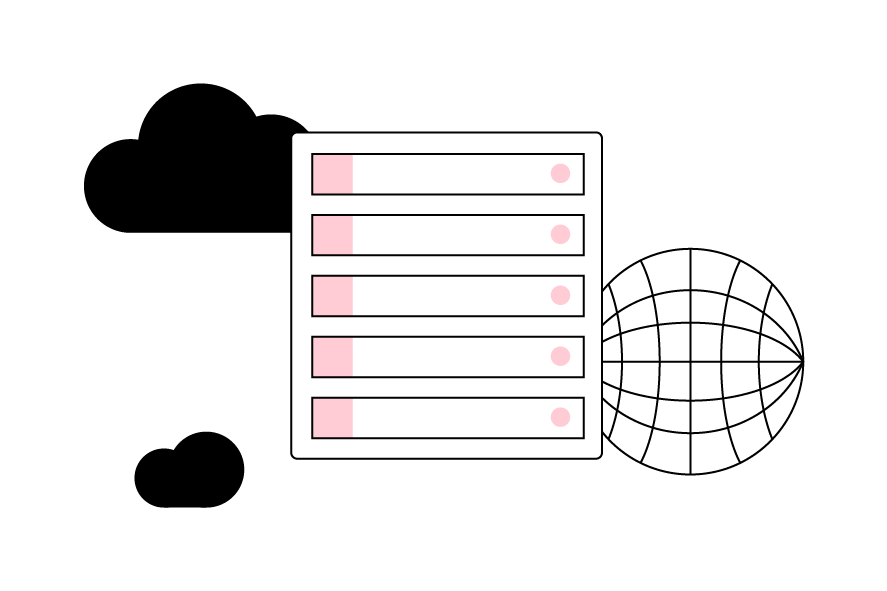
of CO2e emissions* are due to data centres and network infrastructures
*CO2 equivalent: unit used to express the carbon footprint of other greenhouse gases converted into quantities of CO2. -
47%
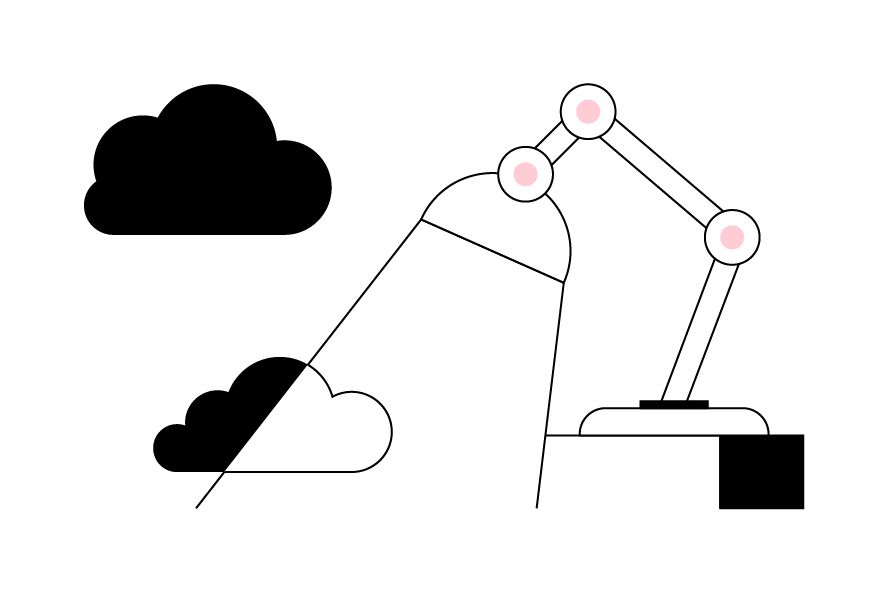
of CO2e emissions are due to the equipment used by consumers and users
-
600kg
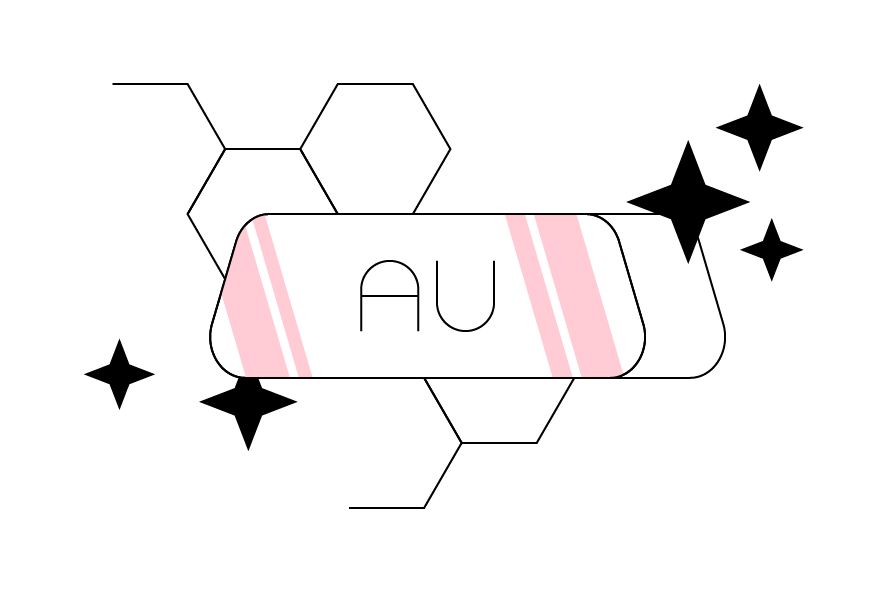
of raw materials are used to design a 2 kg computer
-
15%
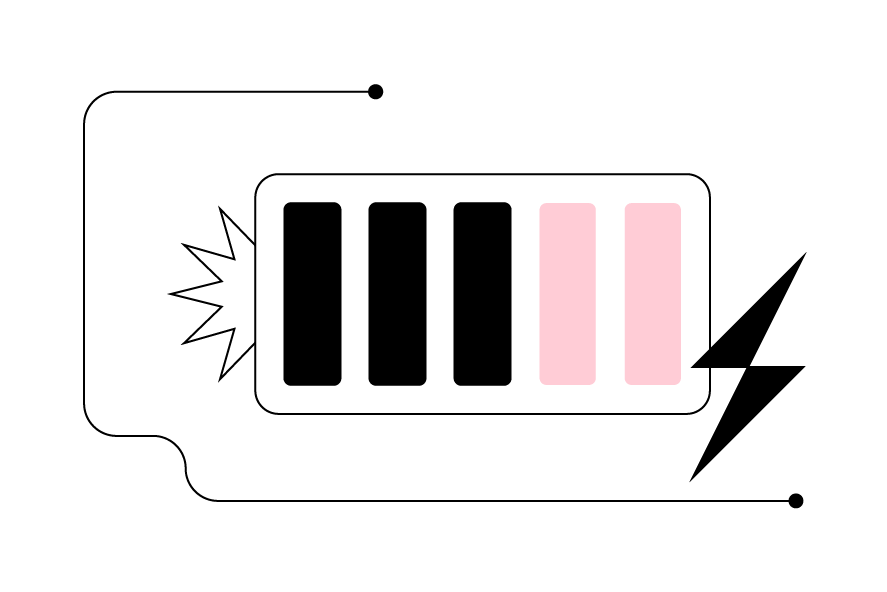
of the world’s electricity is consumed by digital technology
-
96,3%

of websites are not accessible from their home page (in France)
-
22kg
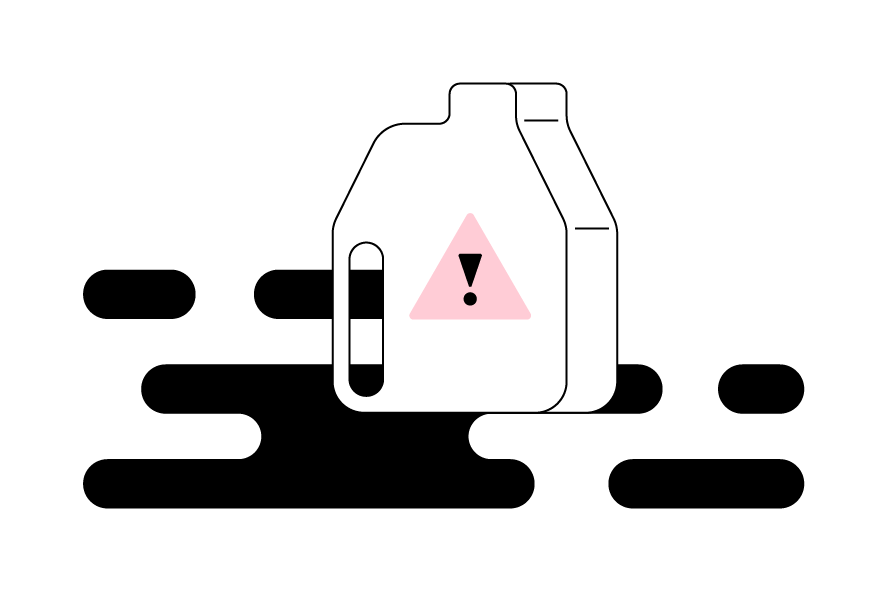
of chemicals are needed to manufacture a computer + 240 kg of fuel and 1.5 T of water
-
20%
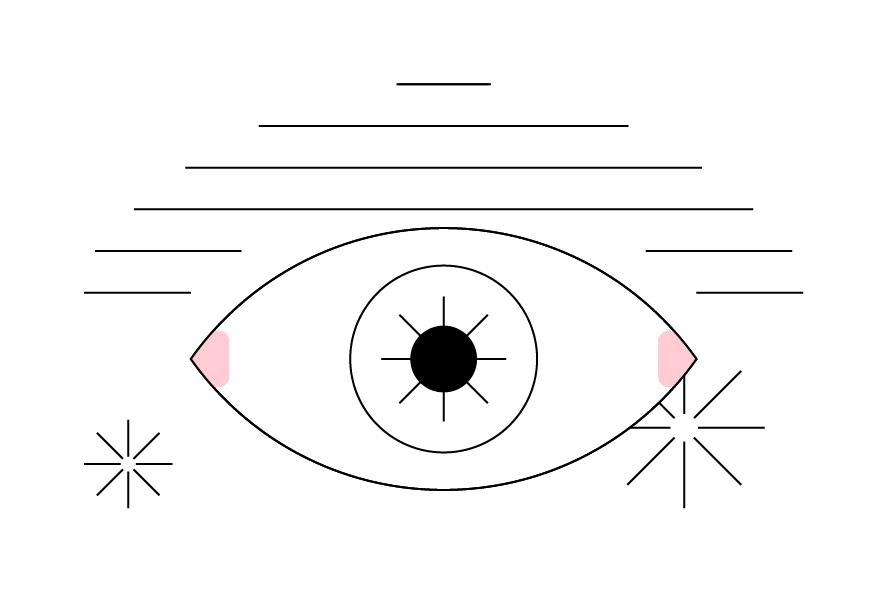
of the population is disabled in France and 80% of disabilities are invisible
-
165times
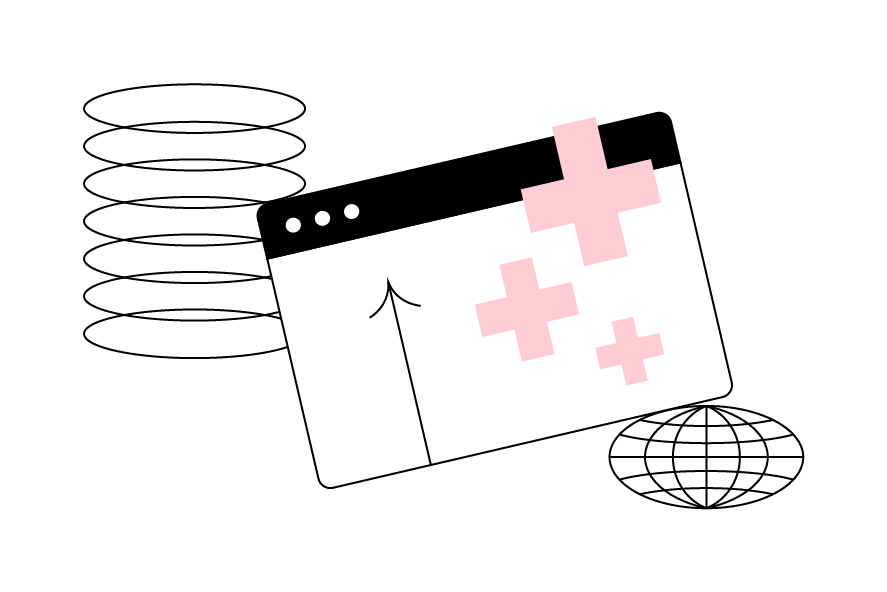
the weight of a web page between 1995 and 2022
(14KB in 1995 compared with 2.3MB in 2022)
Understanding the impact of digital technology on ecological issues, based on 3 pillars
People
This pillar focuses on the well-being of users. It promotes the protection of privacy, accessibility for all and the creation of a positive online experience, while fostering digital inclusion and diversity.
Planet
This pillar aims to minimise the ecological impact of the digital sector. It addresses the issues of excessive energy consumption, e-waste management and the reduction of carbon emissions. It encourages the adoption of energy-efficient practices, promotes a circular economy and encourages the design of environmentally-friendly digital solutions. In short, this pillar strives to align technology with sustainability principles to protect our planet.
Prosperity
To create economic, social and environmental value, thanks to digital technology! This pillar sees digital technology as a lever for development, a tool that should be an opportunity for everyone (job creation, income, etc.).
Spade’s commitment to society
At Spade, we’ve been seeing and participating in changes in the sector that thrills us: digital, for over 10 years now. As perfectly imperfect human beings, we navigate the waters of a web we’d like to shake up (without drowning) every day. Passionate about the individual and our environment, we believe that sharing and raising awareness are essential if we are to move towards a more ethical digital world. Here you’ll find a summary of our eco-design thoughts and, we hope, some answers to your questions.